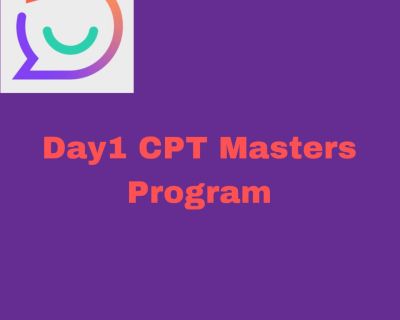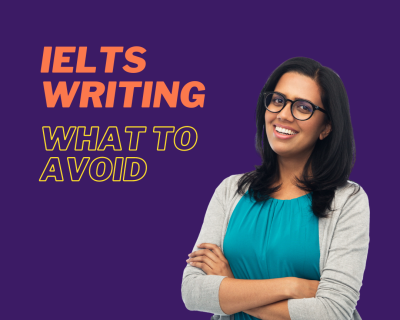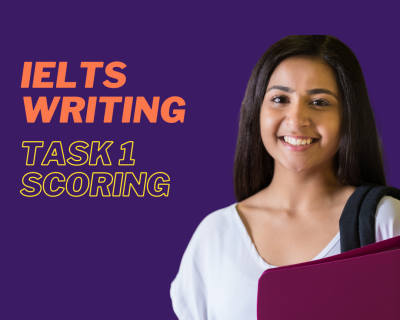Mastering the skill of identifying the main idea and supporting details in IELTS Reading passages is crucial for success in the test.
This skill helps you navigate through the passages more efficiently, answer questions accurately, and ultimately achieve a higher score.
In this article, we’ll delve into practical strategies and techniques for identifying the core idea and supporting details in such passages.
What is the Main Idea and Why is it Important?
The main idea is the central point or the primary message that the author wants to convey through the passage.
It is the backbone of the text, and all supporting details revolve around it. In the context of the IELTS Reading Test, identifying the idea is vital for quickly understanding the passage and answering the questions efficiently.
What are Supporting Details and Why are They Important?
Supporting details are pieces of information, examples, or explanations that reinforce the main idea. They provide evidence, context, or elaboration to help the reader understand the context better.
In the test, recognizing supporting details is essential for answering specific questions about the passage, like True/False/Not Given, multiple-choice, and summary completion questions.
Strategies to Identify the Main Idea
Here are several strategies to help you identify the main idea in passages:
1. Read the Title and Subheadings
The title and subheadings provide clues about the main idea of the passage. They are designed to give a summary of the text’s content. Make sure to read them carefully and pay attention to the keywords they contain.
2. Analyze the First and Last Sentences
The first and last sentences of a passage often introduce and summarize the main idea. They provide context and set the stage for the rest of the passage. Read them attentively and try to understand the author’s purpose.
3. Skim the Passage
Skimming is a technique that involves quickly reading through the passage to get a general understanding of its content. While skimming, focus on keywords, phrases, and sentences that stand out. These will give you clues about the main idea.
4. Identify Topic Sentences
Topic sentences are usually found at the beginning of paragraphs and express the main point of the paragraph. They help organize the passage and serve as a guide to understanding the main idea. Read each paragraph’s topic sentence to gain an overview of the passage’s content.
Strategies to Identify Supporting Details
Here are some techniques to help you identify supporting details in passages:
1. Scan for Keywords
Scanning is a technique that involves searching for specific keywords, phrases, or information in the passage. When looking for supporting details, scan for words or phrases related to the main idea. These will likely be part of the supporting details.
2. Look for Examples and Evidence
Authors often use examples and evidence to support the main idea. Keep an eye out for words like “for example,” “for instance,” “as evidence,” or “to illustrate.” These signal the presence of supporting details in the passage.
3. Pay Attention to Transitions
Transitional words and phrases, such as “however,” “in addition,” “on the other hand,” or “moreover,” often introduce supporting details. They help the reader understand the relationship between the main idea and the supporting details.
4. Note Explanations and Elaborations
Authors provide explanations and elaborations to help readers understand the main idea. Look for sentences that delve deeper into the topic or provide further clarification. These sentences usually contain supporting details.
5. Identify Cause and Effect Relationships
Sometimes, authors use cause and effect relationships to support the main idea. Look for words like “because,” “as a result,” “due to,” or “consequently” to identify these relationships and the supporting details they contain.
Examples of Identifying Main Ideas and Supporting Details
To illustrate the strategies mentioned above, let’s consider an example passage:
The Impact of Social Media on Mental Health
With billions of users worldwide, platforms like Facebook, Twitter, and Instagram connect people from different backgrounds and cultures. However, no one can close their eyes to the negative effects of the same. This article explores the link between social media use and mental health, focusing on the reasons behind this connection and the possible solutions to mitigate its harmful effects.
One of the primary reasons social media affects mental health is the phenomenon of social comparison. Users often compare their lives to others’ carefully curated online personas, leading to feelings of inadequacy and low self-esteem. A study conducted by FOMO Research Institute found that individuals who spend more than two hours per day on social media are more likely to experience depression and anxiety than those who spend less time online.
In this example, the main idea is the impact of social media on mental health. You can identify this by reading the title, the first sentence, and the last sentence of the first paragraph.
The supporting details include the phenomenon of social comparison, feelings of inadequacy and low self-esteem, and the study by FOMO Research Institute. These details can be found by scanning for keywords, looking for examples and evidence, and noting explanations and elaborations.
Practice and Develop Your Skills
The key to mastering the skill of identifying main ideas and supporting details is practice. Regularly read a variety of texts and apply the strategies mentioned above. You can also benefit from taking practice tests and evaluating your performance.
Remember to focus on improving your reading skills, vocabulary, and critical thinking as these will help you better understand the main ideas and supporting details in passages.
In conclusion, identifying the main idea and supporting details in passages is a crucial skill for achieving success in the test.
By applying the strategies and techniques discussed in this article, you can improve your reading comprehension, answer questions more accurately, and ultimately achieve a higher score on the Reading Test.

















